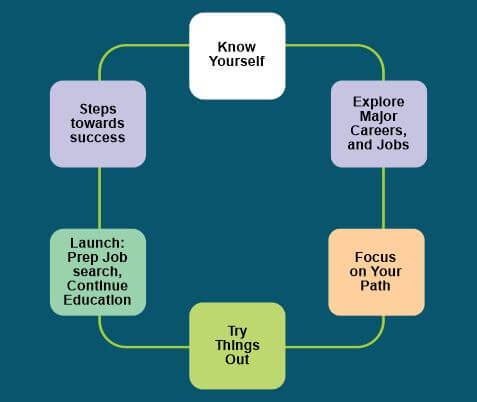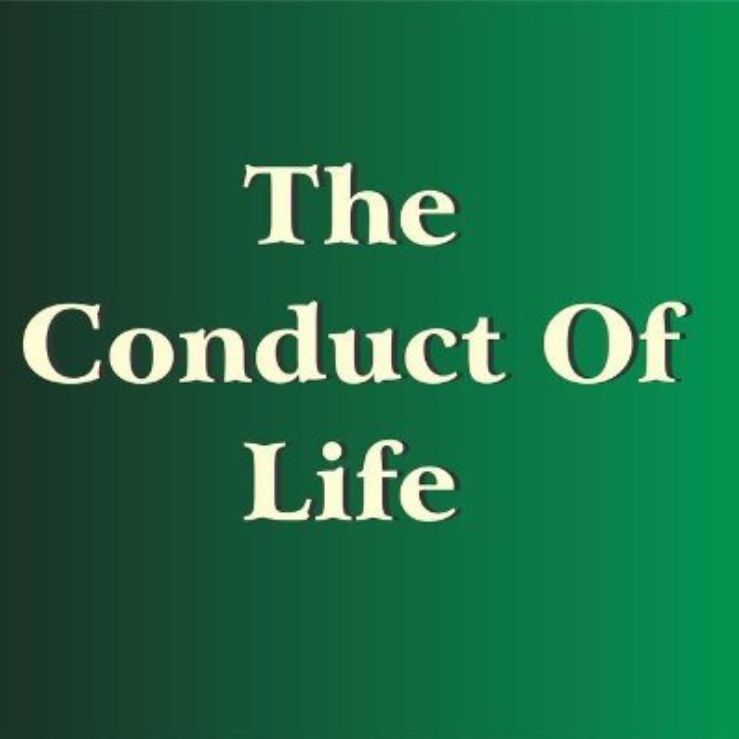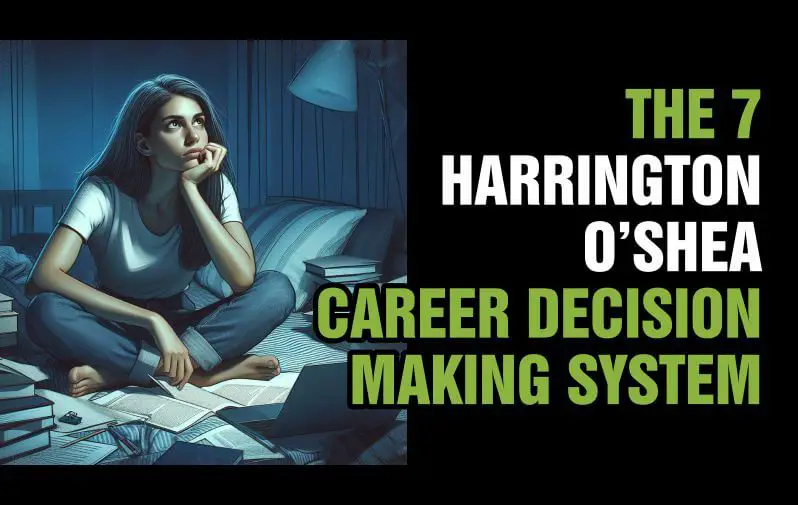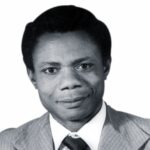Last updated on February 24th, 2025 at 03:31 pm
Discover the 7-step Harrington O’Shea Career Decision Making System to navigate your professional path, make informed choices, and achieve your career goals.
Choosing a career path can be a daunting task, with numerous factors to consider.
It’s essential to have a systematic approach to help you make informed decisions that align with your interests, skills, and goals.
The Harrington O’Shea Career Decision Making System offers a comprehensive framework to guide you through this process.
In article, we will explore the seven key steps of this system and understand how it can enable you to make well-informed career choices that pave the way for your success.
Table of Contents
- What is Harrington O’Shea Career Decision Making System?
- The 7 Harrington O’Shea Career Decision Making System
- Frequently Asked Questions
- Final Thoughts
What is Harrington O’Shea Career Decision Making System?

The Harrington O’Shea Career Decision Making System (CDM) is a comprehensive career assessment and guidance tool that helps you make informed decisions about your career paths.
It was developed by Dr. Timothy Harrington and Dr. James O’Shea and is widely used in counseling and career development programs.
The CDM consists of a series of questionnaires and assessments designed to evaluate your interests, values, abilities, and personality traits.
It explores various aspects of your life, such as work preferences, motivation, and decision-making style.
Based on the assessment results, the CDM generates a personalized report that provides insights into suitable career options, potential obstacles, and strategies for making informed career decisions.
It also offers resources and action plans to help you explore and pursue your career goals.
The goal of the Harrington O’Shea Career Decision Making System is to empower individuals to make effective and satisfying career choices by considering their unique personal traits and preferences.
The 7 Harrington O’Shea Career Decision Making System

1. Self-Assessment: Understanding Who You Are
The first step in the Harrington O’Shea Career Decision Making System is self-assessment.
This involves reflecting on your personality traits, interests, and values.
Identifying your strengths and weaknesses, as well as your passions and motivators, will help you gain insight into the type of career that will provide fulfillment.
Consider taking personality assessments, engaging in self-reflection exercises, and seeking feedback from trusted individuals to better understand your attributes.
2. Clarify Your Goals: Setting a Clear Path
Once you understand yourself better, it’s crucial to define your long-term career goals. Where do you see yourself in five, ten, or twenty years?
Align your goals with your values and passions, and ensure they are realistic and achievable.
By establishing clear objectives, you create a roadmap that guides your decision-making process, helping you eliminate options that may not support your desired outcomes.
3. Explore Career Options: Casting a Wide Net
Now that you have a fundamental understanding of yourself and your goals, explore various career options that align with your interests.
Research industries, job roles, and potential employers to gain insights into the skills and qualifications required.
Consult career resources, attend career fairs, network with professionals, and seek mentorship opportunities to gain a comprehensive understanding of potential career pathways.
4. Evaluate Career Options: Identifying Your Priorities
After exploring various career options, it’s time to evaluate and prioritize them.
Consider factors such as job security, salary, work-life balance, growth potential, skills development, and the impact you want to make.
Compare each option against your personal criteria and narrow down your choices to the options that best align with your goals and priorities.
5. Take Action: Develop Skills and Gain Experience
With a reduced list of potential career options, it’s time to take action. Identify the skills and qualifications required for your chosen career paths and develop a plan to acquire them.
Enroll in relevant courses, undertake internships, participate in volunteer work, and seek mentorship opportunities to gain valuable experience.
This step allows you to build a solid foundation to excel in your chosen field.
6. Decision Making: Weighing Pros and Cons
By now, you have gathered significant insights into your career options, developed relevant skills, and gained valuable experience.
It’s important to conduct a thorough analysis of the pros and cons of each option, considering factors such as job satisfaction, salary, work-life balance, growth opportunities, and personal fulfillment.
Review your goals and priorities to make an informed decision that will set you on the path to long-term success.
7. Monitor and Evaluate: Continual Growth
After making a decision, it is essential to continually monitor and evaluate your career path.
Regularly assess your satisfaction levels, identify areas for improvement, and adapt your goals as necessary.
Staying proactive and open to new opportunities will help you remain on track and make adjustments when required.
Frequently Asked Questions
What is the Harrington o shea career decision making system?
The Harrington O’Shea Career Decision Making System is a comprehensive approach that helps individuals explore and make informed choices regarding their career paths.
What are the styles of career decision making?
The styles of career decision making include rational, intuitive, dependent, and avoidant styles.
What are the steps career decision making?
The steps in career decision making typically involve self-assessment, exploring options, making a decision, and taking action.
What is the ACDM assessment of career decision making?
The ACDM assessment of career decision making evaluates factors such as self-awareness, exploration, decision-making, planning, and commitment in the career decision-making process.
Final Thoughts
In a world full of career possibilities, the Harrington O’Shea Career Decision Making System acts as a guiding light, helping you navigate the complexities of choosing the right career path.
By conducting self-assessment, setting clear goals, exploring and evaluating options, taking action, making informed decisions, and continuously monitoring your progress, you can unlock your true potential.
Remember, a career is not a destination but a journey where growth and fulfillment are essential.
Embrace this system, trust the process, and embark on a path that resonates with your deepest aspirations.
The 7 Harrington O’Shea Career Decision-Making System empowers you to make confident decisions today, propelling you towards a fulfilling and successful future.
References:
- https://www.creativeorgdesign.com/tests/career-decision-making-system-revised/
- https://psycnet.apa.org/record/2006-01554-003
Pyo Merez (PsyD) is a distinguished adolescent and adult psychologist at the forefront of mental health advocacy.
With expertise in cognitive and developmental psychology, focusing on social relationships, cultural contexts, and individual differences, Pyo has dedicated his career to empowering adolescents and adults.
As a sought-after speaker and panelist, Pyo shares invaluable insights on issues affecting young people, contributing to a deeper understanding of mental health and well-being in today's society.


